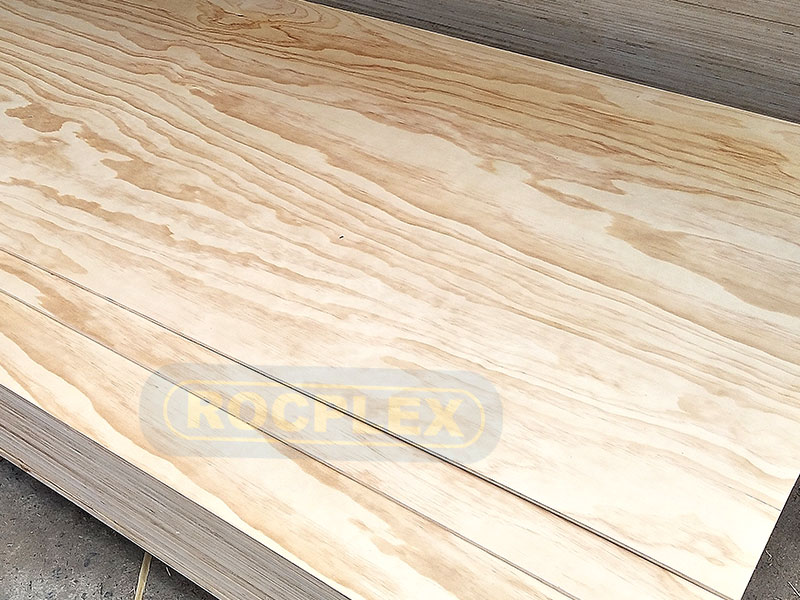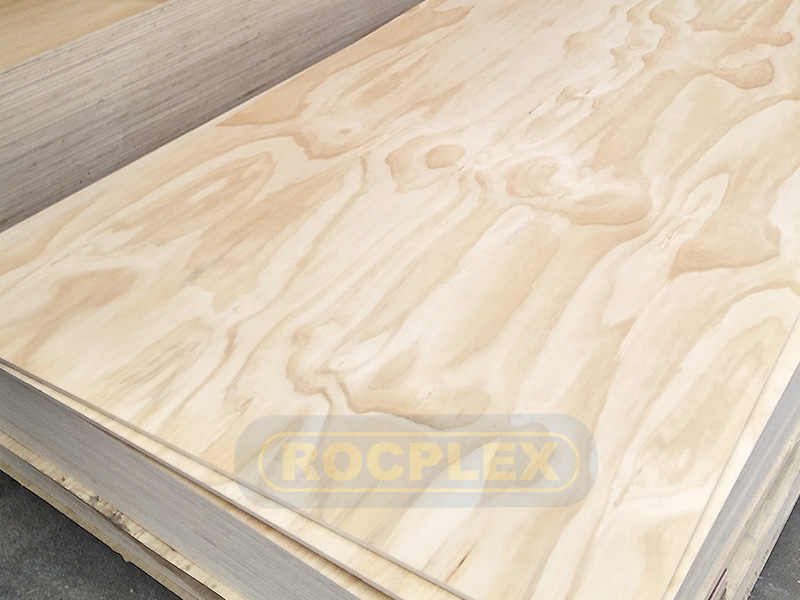When it comes to the world of plywood, there’s more than meets the eye. Among the vast array of plywood types, Non Structural Plywood stands out due to its cost-effectiveness and versatility. But what is Non-Structural Plywood, and where is it most beneficially used? This article aims to shed light on these questions and delve deeper into the world of this unique plywood type.

Overview of Non Structural Plywood
Non Structural Ply, as the name suggests, is a type of plywood that is not designed to bear loads or resist heavy impacts. However, this does not negate its value in the world of construction and woodworking.
Defining Non Structural Plywood
Non Structural Plywood, also known as utility-grade plywood, is composed of thin layers of wood veneers bonded together. While it does not possess the strength needed to support structures, it provides excellent utility in applications that do not demand load-bearing capacities.
Why Non-Structural Plywood Matters
Although not suited for structural applications, Non Structural Plywood has a significant role in the construction and woodworking industries due to its affordability and ease of use. It’s particularly useful for interior applications, where structural support is not a primary concern.
Applying Non Structural Plywood
Non-Structural Plywood is incredibly versatile, finding uses in various applications where strength is not the paramount requirement. Let’s explore the key steps and best practices for its implementation.
Core Uses of Non Structural Plywood
Non Structural Plywood finds its niche in applications such as paneling, furniture backing, packaging, and underlayment for floors. It is also commonly used in crafting and for making templates in the construction industry.
Best Practices for Using Non Structural Plywood
Working with Non-Structural Plywood requires an understanding of its limitations. It should not be used in place of structural plywood for load-bearing purposes, and it should be protected from prolonged exposure to moisture to maintain its integrity.
Specific Examples of Non Structural Plywood Usage
The versatility of Non Structural Ply can be seen in the variety of ways it is utilized across different industries. Let’s look at some successful instances of its use and understand its practical impact and value.
Successful Instances of Using Non Structural Plywood
Non Structural Plywood has been successfully used in creating high-quality packaging for various industries due to its light weight and cost-effectiveness. It is also a popular choice in the furniture industry, particularly for the backs of cabinets and wardrobes.
The Practical Impact and Value of Non Structural Plywood
The value of Non-Structural Plywood lies in its affordability and flexibility. It can be cut, shaped, and finished easily, making it an excellent material for various non-structural applications.
Challenges and Future Outlook of Non Structural Plywood
Just like any other material, Non Structural Plywood also faces its own set of challenges. Understanding these can help us plan for better utilization and potential future trends.
Common Challenges and Solutions
One of the main challenges with Non Structural Ply is its limited durability when exposed to harsh weather conditions or prolonged moisture. To overcome this, it’s important to use Non Structural Plywood in appropriate applications and environments. Protective finishes can be used to increase its resistance to moisture, although it is not a foolproof solution.
Another challenge is that Non-Structural Plywood, due to its low strength, is not suitable for applications requiring structural support. It’s crucial to use the right type of plywood for different applications, keeping in mind the load-bearing requirements.
Future Trends and Potential
The future of Non Structural Plywood looks promising as manufacturers are continually seeking to improve its properties through advanced manufacturing processes and treatments. We can expect to see more durable and versatile types of Non-Structural Plywood in the future, expanding its range of applications.
The Importance of Understanding Non Structural Plywood
Non Structural Plywood is an integral part of the construction and woodworking industries. By understanding its unique properties and uses, we can utilize this material to its fullest potential.
Recap of Key Points
Non Structural Ply is an affordable and versatile material that is excellent for various non-structural applications. Its light weight, flexibility, and cost-effectiveness make it a popular choice for many industries, although it does have its limitations and should not be used for load-bearing applications.
Encouraging Exploration and Application
There’s no doubt that Non Structural Plywood can be a valuable material when used appropriately. If you’re involved in the construction or woodworking industry, understanding the properties, benefits, and uses of Non-Structural Plywood can help you make more informed decisions and possibly even unlock new possibilities in your projects.
By appreciating the diversity within the world of plywood, we can each find the right material for our specific needs, thereby opening doors to innovative applications and solutions.
In an ever-evolving landscape of building materials, non-structural plywood continues to remain a vital player due to its numerous benefits and affordability. Technological advancements are paving the way for more sustainable and resistant varieties of this material, thus expanding its usage horizons.
Advanced Manufacturing Techniques and Improvements
The plywood industry is continuously innovating to produce better quality products. With advancements in technology, improved versions of non-structural plywood are being manufactured, which exhibit enhanced resistance to moisture and pests. These variants are treated with special chemicals or made using modified manufacturing processes to increase their durability.
Sustainability and Non-Structural Plywood
As awareness about environmental conservation grows, there’s a significant shift towards sustainable building materials. Non-structural plywood can be a part of this wave, thanks to its sourcing from sustainable forests. Manufacturers are also aiming to reduce waste and energy usage during the production process, making non-structural plywood an increasingly eco-friendly option.

The Future of Non-Structural Plywood
With a steady demand for affordable and adaptable materials in the construction industry, non-structural plywood’s relevance will only grow. We may witness its extended use in interior design, packaging, furniture, and even in unconventional areas like art and decor due to its ability to be easily cut, shaped, and painted.
Concluding, it is essential to understand and appreciate non-structural plywood for its varied applications, cost-effectiveness, and potential for improvement. While it has limitations regarding structural support and weather durability, when used appropriately, it can provide excellent value and versatility. As technology progresses, the future possibilities for this humble material look promising.
As an industry professional or enthusiast, it is vital to stay informed about such materials, understanding their strengths and weaknesses, to make the best use of them in your projects. Here’s to exploring the potential of non-structural plywood further and creating innovative solutions with it!
Post time: Jul-28-2023

